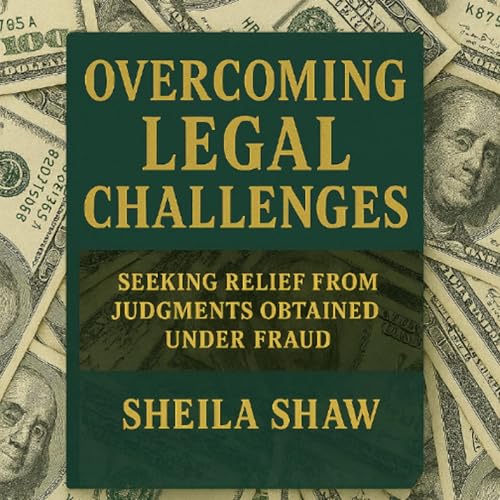How Cyber Harassment Turns Digital Tools Against Partners
Speaker 1
I keep thinking about how technology, which is supposed to make our lives easier, is being twisted into a weapon in some homes. Domestic violence isn’t just physical anymore—it can mean being watched, tracked, or harassed through your phone or smart devices.
Speaker 2
It’s honestly chilling. Imagine getting messages from your partner referencing private conversations you never thought anyone else would hear, or discovering a hidden camera in your own bedroom. And this isn’t just paranoia—Pennsylvania, for instance, actually charges this kind of digital abuse under harassment or stalking laws.
Speaker 1
That makes me think—most people probably don’t realize that their phones, cameras, or even their Wi-Fi can be turned against them. It’s like the walls themselves start working for the abuser.
Speaker 2
You’re spot on. Abusers don’t just use threats or intimidation—they use apps, smart home systems, and even hidden microphones. That’s why states have different consent laws about recording conversations, which can really complicate things for victims.
00:58
Consent Laws and the Loopholes Abusers Exploit
Speaker 1
Speaking of laws, Pennsylvania’s two-party consent is meant to protect privacy, but things get murky when someone’s dealing with a spouse in, say, Texas or Florida. One-party consent there means only one person has to agree to a recording.
Speaker 1
And it gets worse when recordings are made in ultra-private spaces—think bathrooms or bedrooms. Even if one spouse is okay with it, the other’s lack of consent can make the act criminal and even open up civil lawsuits.
Speaker 2
Pretty much any expectation of privacy gets shredded. Plus, victims often don’t realize what’s happening until they stumble upon a device—sometimes hidden in something as ordinary as a smoke detector.
01:51
Detecting and Proving Covert Surveillance at Home
Speaker 1
That actually reminds me—people hear about hidden cameras and spyware all the time, but how do experts even find this stuff? It’s not like the devices announce themselves.
Speaker 2
A lot of times it’s old-fashioned sleuthing—checking unusual gadgets, tracing wires, or scanning for unfamiliar devices on the Wi-Fi. Forensic technicians then extract metadata, like when and where a recording happened, or which device made it. That evidence is gold in court.
Speaker 1
Honestly, it blows my mind that abusers can still access footage even after a victim yanks out every local device, just because files are stored in the cloud. It’s like a digital shadow that keeps following them.
Speaker 2
And it’s not just cameras—some people manipulate smart locks or thermostats to make their partner’s life miserable. It’s high-tech harassment, and it leaves a trail that experts can track—if victims know to look for help.
02:41
.
Speaker 1
And on a bigger scale, we really need public campaigns and reforms that address how technology is changing the landscape of domestic violence. It’s not just about the laws—it’s about making sure victims aren’t left to figure it out alone.
Speaker 2
That’s why coordinated outreach—bringing in agencies like the FCC or even financial regulators—matters so much. With digital tools, abuse crosses state lines in seconds, so our response has to move just as fast
 5 mins
5 mins 6 mins
6 mins 4 mins
4 mins Nov 15 20256 mins
Nov 15 20256 mins 4 mins
4 mins 5 mins
5 mins
 4 mins
4 mins

